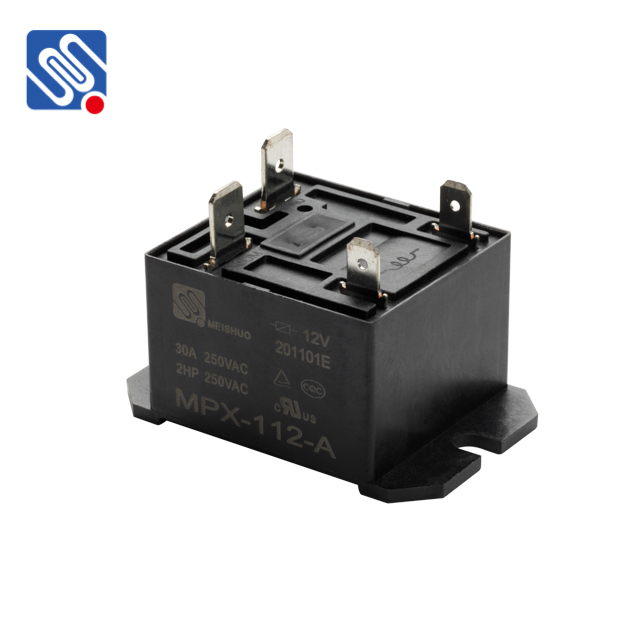understanding relay industry standards: ensuring reliability and safety in electrical systems
Release time:2025-04-17 02:04:15
Relays play a crucial role in modern electrical and electronic systems. They act as electrical switches that control the flow of current in various circuits, offering functions like protection, automation, and signal isolation. Relays are fundamental components in industries such as telecommunications, power distribution, automotive, and industrial control systems. However, to ensure their performance, safety, and compatibility, certain industry standards must be adhered to. These relay industry standards ensure that relays are reliable, safe, and efficient for use in various applications. This article explores the key relay industry standards, their significance, and their impact on the design and implementation of relay-based systems.

What Are Relay Industry Standards?
Relay industry standards refer to a set of rules, specifications, and guidelines that manufacturers and engineers follow when designing, testing, and using relays. These standards are established by international organizations such as the International Electrotechnical Commission (IEC), the Institute of Electrical and Electronics Engineers (IEEE), and the American National Standards Institute (ANSI). These standards ensure that relays perform effectively across different environments, meet safety regulations, and remain compatible with various electrical systems and components.

